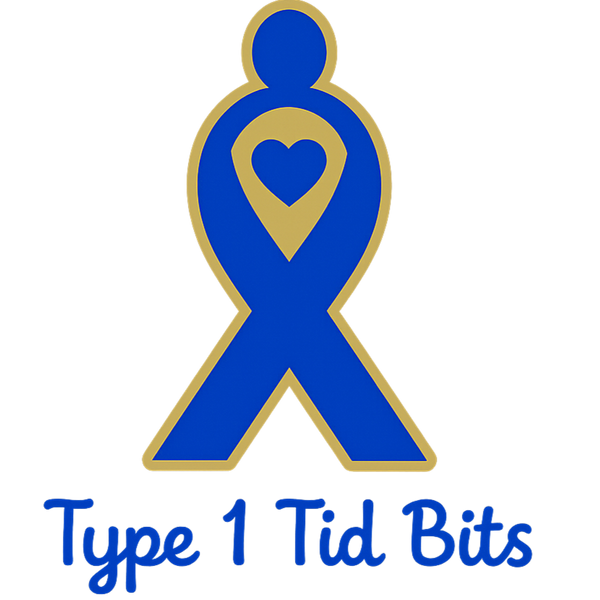When a child is diagnosed with type 1 diabetes, families quickly learn that food isn’t just about meals anymore—it’s about numbers, insulin, and blood sugar. One of the most important skills for parents and children to master is carb counting. By learning to track carbohydrates, parents can help their kids enjoy a variety of foods while keeping diabetes under control.
Why Carb Counting Matters for Kids
Carbohydrates directly affect blood sugar. For children with type 1 diabetes:
-
Carb counting ensures insulin doses are matched to food.
-
It provides flexibility—kids don’t have to avoid favourite meals.
-
It helps maintain steady energy levels for school, play, and sports.
For growing children, balanced nutrition is just as important as carb awareness.
Step 1: Make Carb Counting Kid-Friendly
Carb counting can feel overwhelming, but breaking it down into simple steps makes it manageable.
-
Teach your child that carbs = energy.
-
Use fun visuals—like charts or flashcards—to show common foods and their carb values.
-
Involve kids in measuring or weighing foods so they learn hands-on.
Step 2: Learn Common Carb Counts Together
Many everyday foods kids eat have fairly standard carb values:
-
1 slice of bread ≈ 15g carbs
-
1 cup of milk ≈ 12g carbs
-
1 small apple ≈ 15g carbs
-
½ cup of pasta ≈ 20g carbs
By memorising these, kids can start making their own food choices with confidence.
Step 3: Use Tools and Apps
Technology makes carb counting easier for families:
-
Carb counting apps (like Carb Manager or CalorieKing) have food databases.
-
Food scales and measuring cups at home help with accuracy.
-
Cheat sheets on the fridge give quick reminders for common meals.
Step 4: Work with Schools and Caregivers
Parents can’t be everywhere, so teamwork is essential.
-
Share carb counting guidelines with teachers, babysitters, and relatives.
-
Pack labelled snacks with carb values written on them.
-
Create a simple meal plan for school lunches.
Step 5: Balance Flexibility with Structure
Kids need both freedom and safety.
-
Let them enjoy birthday cake or pizza, but count the carbs and adjust insulin.
-
Encourage healthy carb choices like fruit, whole grains, and veggies.
-
Teach them that no food is “forbidden”—it’s all about balance.
Carb counting for kids with type 1 diabetes is about more than numbers—it’s about building independence, confidence, and a healthy relationship with food. By learning together and using the right tools, parents can help their children thrive while managing diabetes effectively.

